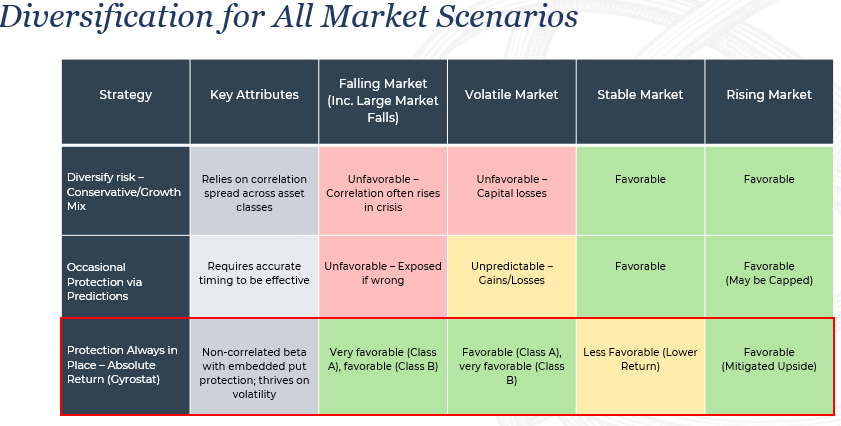
The problem: Assumptions that don’t hold
Many retirement portfolios are still built using frameworks designed for accumulation. These include:
1.Assumed normal (Gaussian) distribution of returns
2.Independence of returns across periods
3.Reliance on long-term averages for planning and allocation
Real markets are turbulent, clustered, and emotionally charged. Fat tails occur far more often than models suggest. Investors don’t experience average outcomes; they experience sequences, and in retirement, early drawdowns can be devastating.
Real-world consequences for retirement investors
A retiree with a theoretically sound portfolio may still fail to meet objectives if:
•They suffer large losses early in retirement
•Their income strategy means that they are forced to sell capital at lows
•They act emotionally in response to volatility
Traditional accumulation phase portfolios cannot defend against sequence risk or the emotional toll of bear markets. Nor is dollar cost averaging available as a risk management tool to take advantage of lower asset prices in the retirement phase.
Publication in Global Financial Market Review.
To read the full article, click here.





